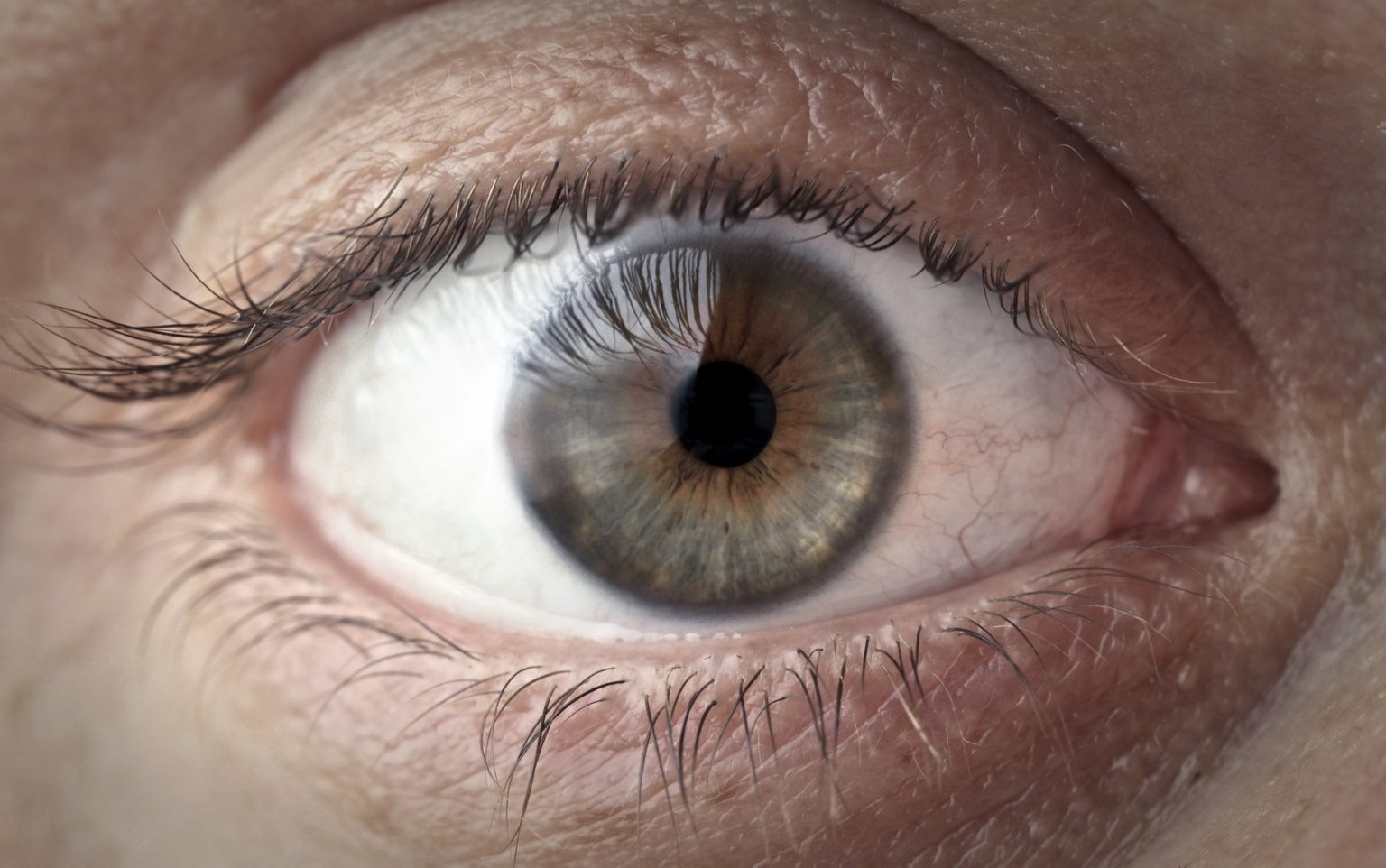Eye-tracking technology has been around for years in medicine and aerospace but is quickly gaining a new lease of life thanks to VR. The heavy-hitters of the VR world are incorporating eye-tracking capabilities into their future headsets and are projected to grow the eye-tracking market.
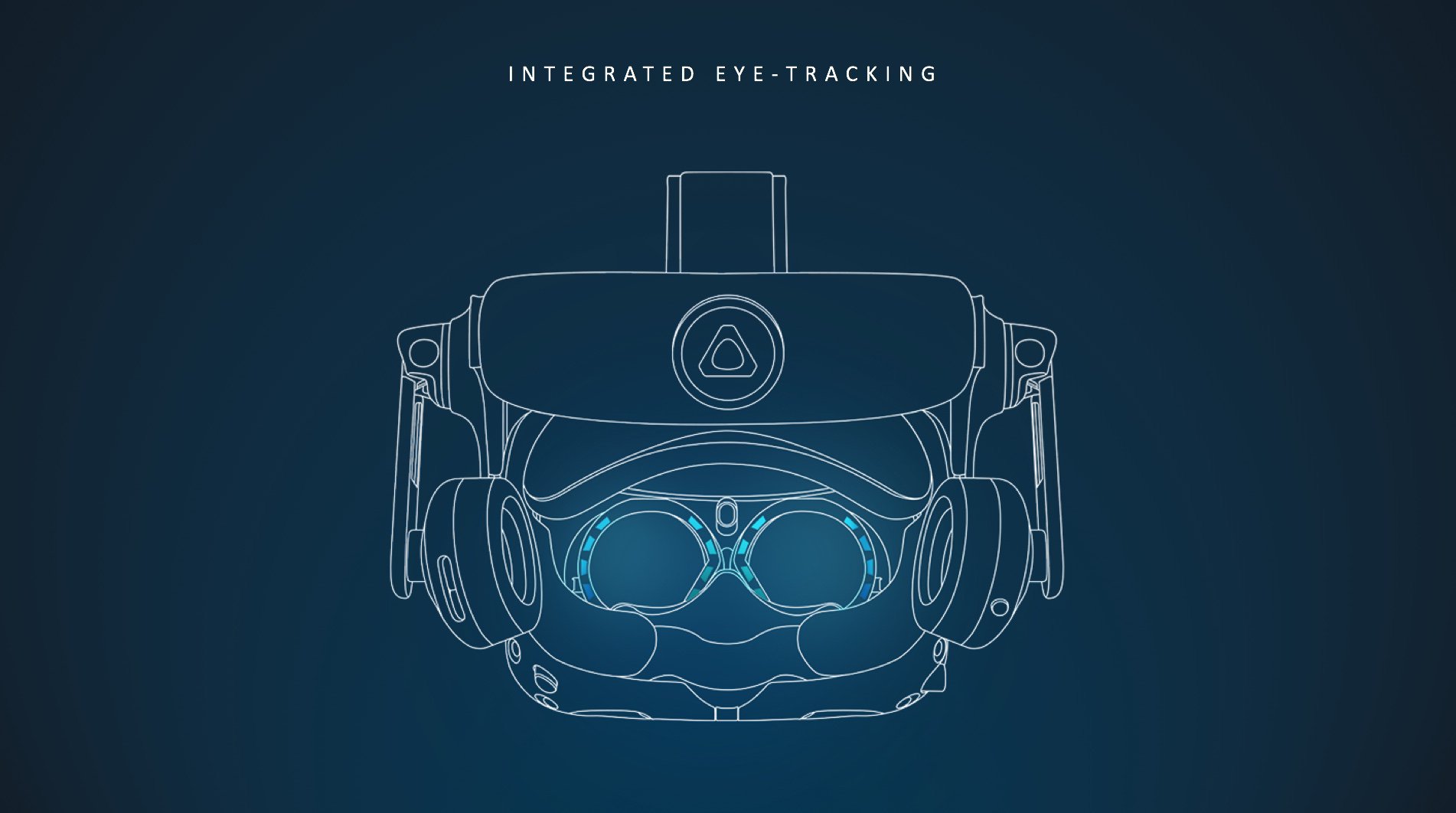
Market analysts forecast the global eye-tracking devices market to grow at a CAGR of 37.1 percent during the period 2018-2024. The market is expected to reach $1.75 billion by 2025.
So what is eye-tracking, why is it important for VR, and who are the major players?
Eye-tracking In A Nutshell
Eye tracking is a sensor technology that enables a device to measure eye position and eye movement. It can determine your level of presence, where your attention is and what you are focusing on, as well as some biometrics (depending on the implementation).
What does it mean for VR?
Not only does eye-tracking provide a whole new way to interact with VR content, but it could also deliver huge advantages for privacy and security through retinal scanning and identification systems, as well as adding an extra layer of connection and feedback to experiences.
Here are seven important benefits:
1. More powerful and flexible HMDs
Eye-tracking makes it possible for devices to reduce GPU load and/or deliver a higher-quality graphics experience through foveated rendering. Foveated rendering is a process that works by only rendering the specific part of the screen where the user is currently looking in full resolution – a similar way to how the human eye works. This approach can help lower GPU load and power consumption significantly, allowing manufacturers to increase both screen resolutions and refresh rates.
2. Enhanced interactions
Multiplayer environments become richer as characters and virtual avatars can read more than just body language of other players within virtual worlds. They will gain the ability to read faces and emotions, and in turn, have their own reactions analyzed by the game AI to affect their response and outcome.
3. Increased comfort
By calculating the user’s inter-pupillary distance (IPD) devices can automatically adapt to the user. Knowing your IPD is important in VR because it’s required to move the lenses and displays into the optimal position for both comfort and visual quality. This can also have vergence implications to reduce eye strain over a longer period of time, but this will require advanced lens technology to be added as well.
4. Increased security
In the same way that Iris scanning is used to unlock your phone or your secure door locks, eye tracking technology could enable true “eyes-only” information security. This has implications for secure design review as well as a myriad of other security conscious functions.
5. Simplified profile management
In addition to detecting movement, eye-tracking could also be used as a biometric identifier. This makes eye-tracking perfect for setting up multiple user profiles across a single headset. This means that when I put on the headset, the system can instantly identify me as a unique user and call up my preferences (customized environment, content library, game progress, settings etc) and when my friend puts on the HMD, the system loads their saved data.
6. Deeper insights
Eye-tracking analytics provide valuable insights into user attention which aids developers in understanding how their application is being used. What are users focusing on? Which detail generates the biggest negative reaction? Which the most positive?
On its own, this data allows us to understand key areas of focus and thereby influence how we design an experience; how we play with a user’s attention and ‘direct’ for them in a medium which is not restricted to a simple frame. Taking it a step further, we can pair that attention data with a measure of a user’s reaction to what they are seeing, to draw powerful data from an experience. This is where biometrics come into play. Fundamentally, the act of pulling on a VR headset gives us numerous touch-points with the body, which can be key to understanding user response.
For advertisers, the incorporation of eye-tracking offers a whole new set of potential metrics – a level of sophistication that marketers and creatives can use not only to understand the user, but also to shape the experience around them.
7. More Natural Interactions
Eye-tracking can facilitate more natural and intuitive interactions. Tobii has a demo which helps users improve their aim when throwing objects in VR. By inferring where the user intends to throw an object based on their gaze, the system alters the trajectory of the thrown object to a perfectly accurate throw.
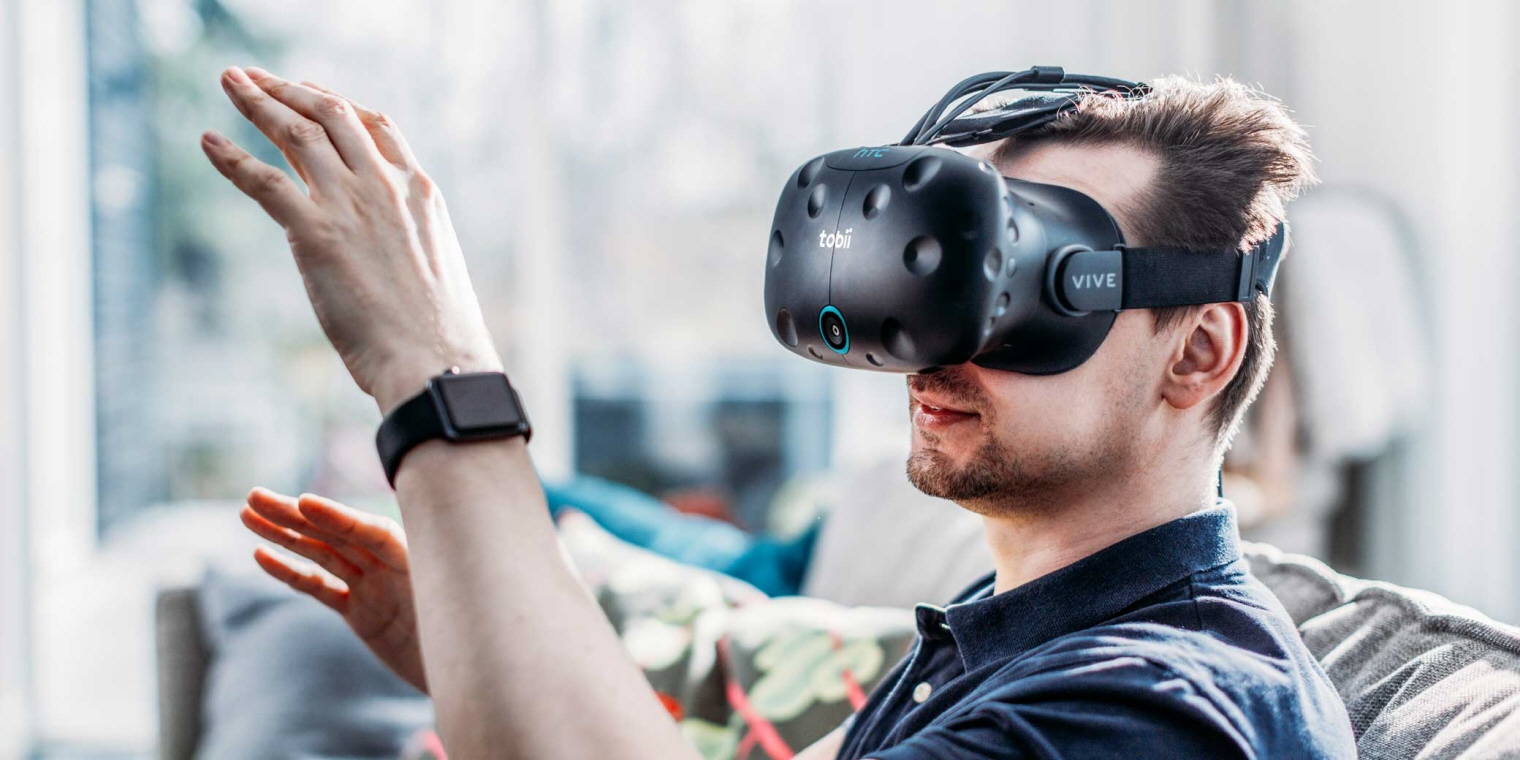
Here are some of the players in the eye-tracking space:
Tobii
Tobii is the world leader in eye tracking. The company has around 1,000 employees, one-third are working in R&D. Tobii is responsible for the eye-tracking in the recently announced Vive Pro Eye. In a press release about the partnership, Henrik Eskilsson, CEO of Tobii said, “HTC is one of the most influential companies in the VR industry and this integration firmly establishes eye-tracking as a foundational VR technology. It also demonstrates that Tobii is delivering on our promise to create better devices and better user experiences by adding eye-tracking to the world’s leading VR devices.”
FOVE
Back in 2014, FOVE ‘s technology was announced. After a successful Kickstarter campaign, the first eye-tracking VR headset was launched. REWIND worked with FOVE to create its AAA quality launch-day demo ‘Project Falcon’ which debuted at Tokyo Game Show 2016. The experience included both positional-tracking and eye-tracking to allow the player to effectively combat the waves of enemies in their path, moving through a neo-apocalyptic vision of Tokyo using a gamepad. The experience perfectly showcases how fast and accurate eye tracking can take a VR game to the next level.
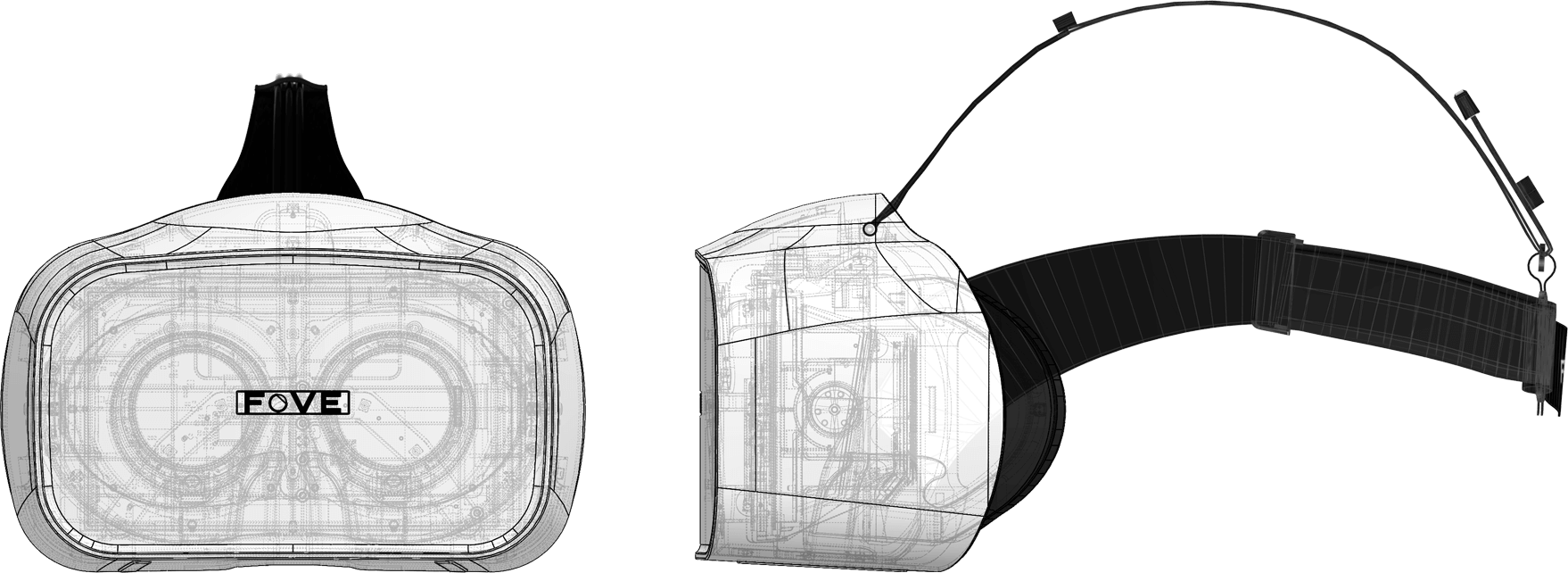
SensoMotoric Instruments (SMI)
SMI is a German provider of computer vision applications. The company was acquired by Apple two years ago. It has done significant work in eye-tracking research and has a number of hardware solutions, including eye tracking glasses.
Eyefluence
The eye-tracking interface startup was founded in 2013 and was bought by Google two years ago. While companies like SMI and Tobii have devoted efforts to using the eye as a method of signaling attention in interfaces, Eyefluence has focused on using eye gesture cues for navigating menus and making selections.
LooxidVR
This mobile-powered VR headset combined with eye-tracking and EEG sensors helps researchers integrate VR into their research in the simplest way – it enables them to collect the user’s eye and brain data simultaneously during a VR experience. There is no need to invest time and energy into setting up different types of equipment (VR headsets, EEG sensors, and eye-tracking cameras) for each purpose. It has powerful implications for a number of industries, from healthcare to education.
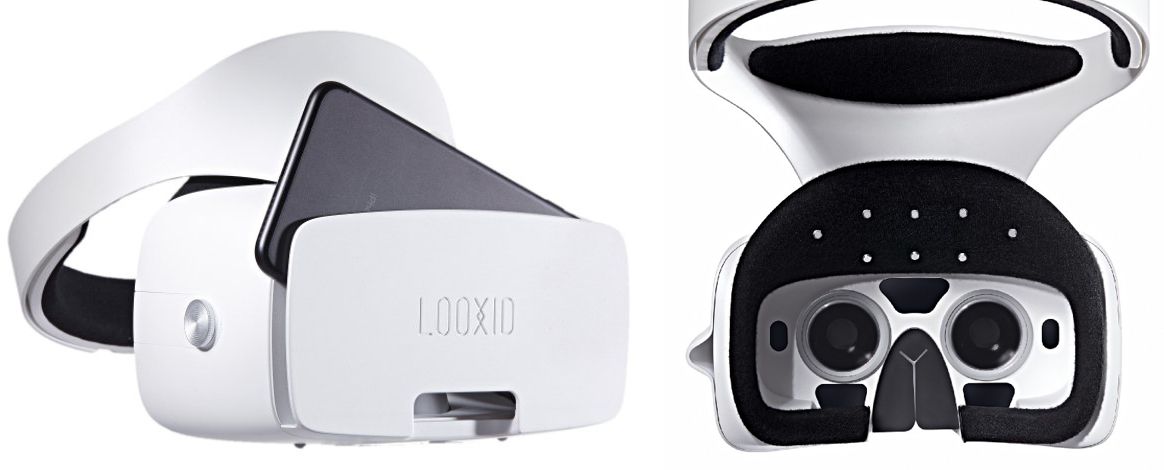
The Eye Tribe
Acquired by Facebook in 2016, the startup developed a $99 eye-tracking device developer kit for computers, and software that can bring gaze-based interfaces to smartphones and VR headsets.
Varjo
Varjo’s Bionic Display technology is capable of human-eye resolution. It combines two displays per eye to achieve retina-resolution at the centre of the field of view, surrounded by a peripheral area that’s similar in resolution to typical high-end consumer headsets.
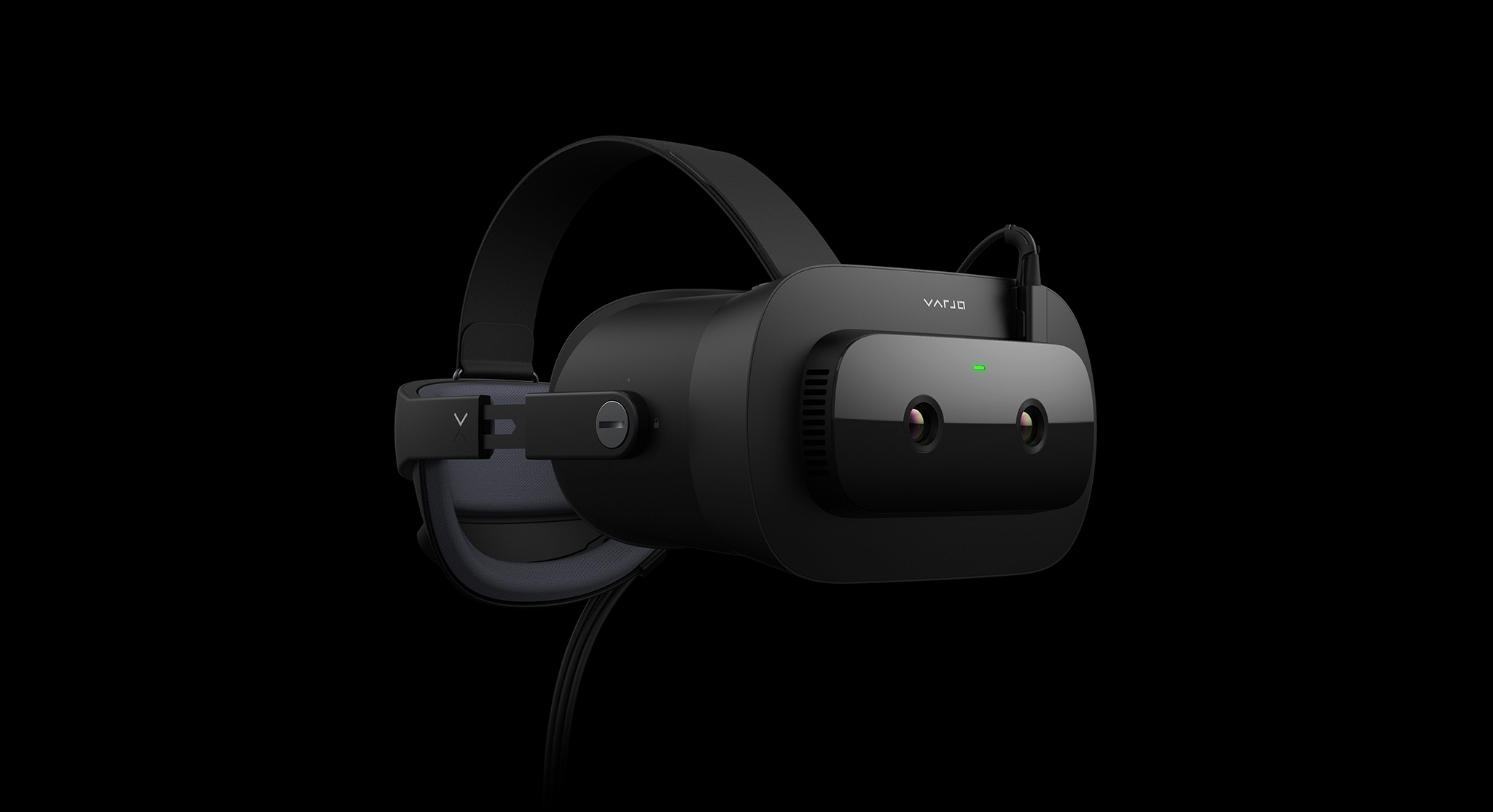
This article was written by Sol Rogers, CEO and Founder of REWIND and originally appeared on Forbes.com.

